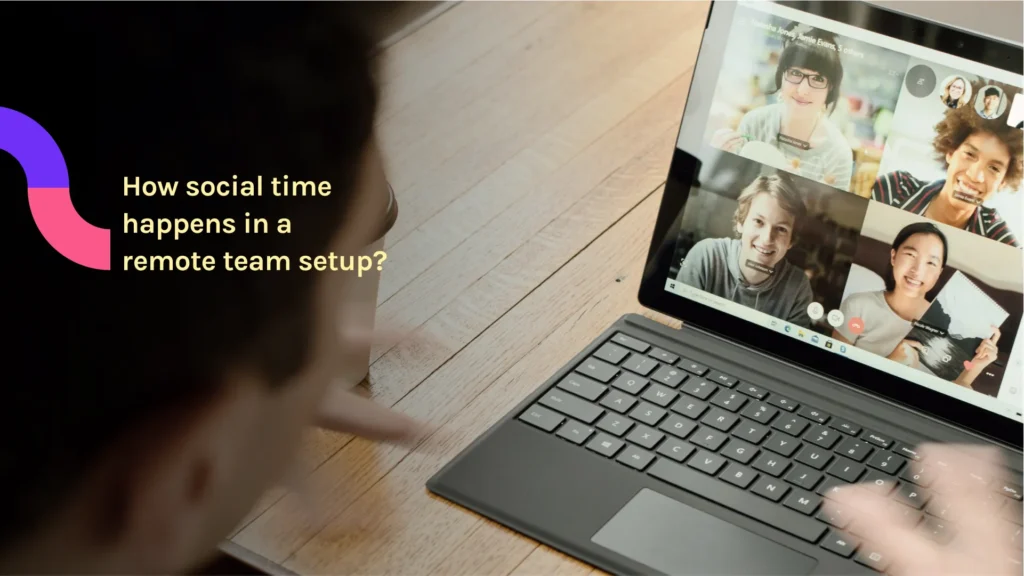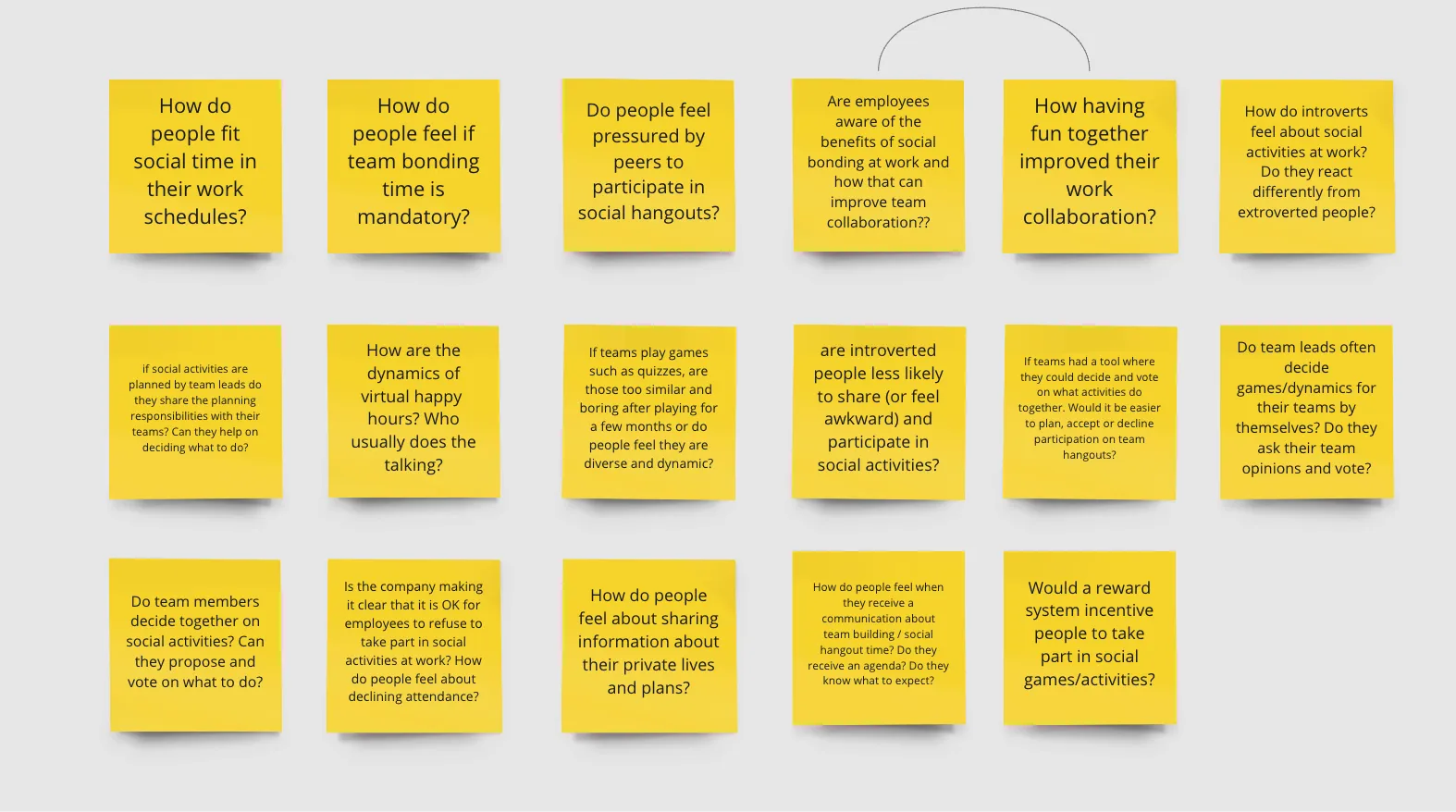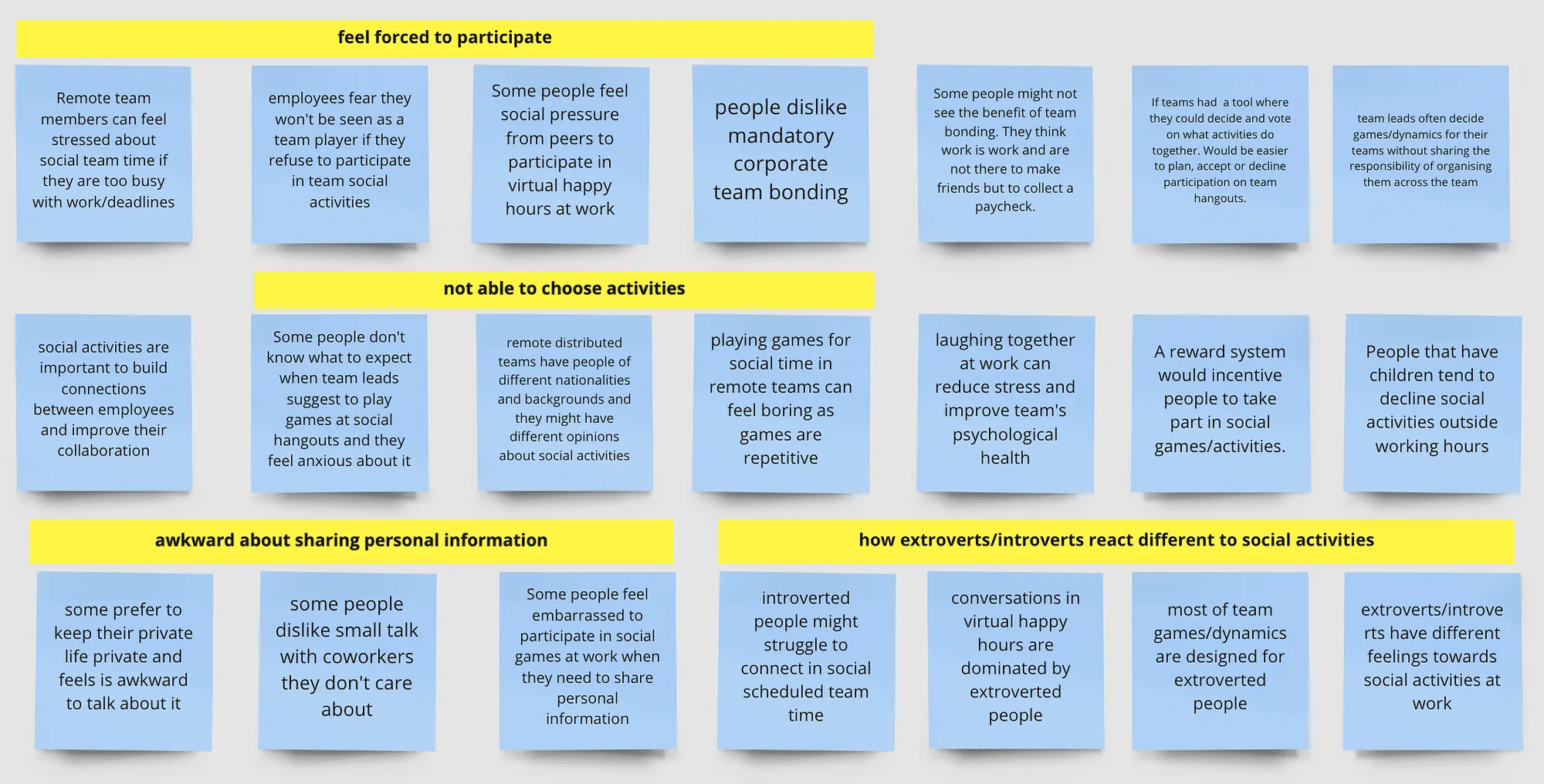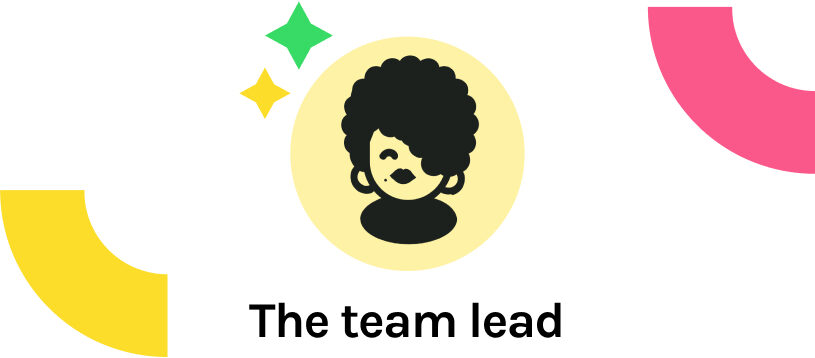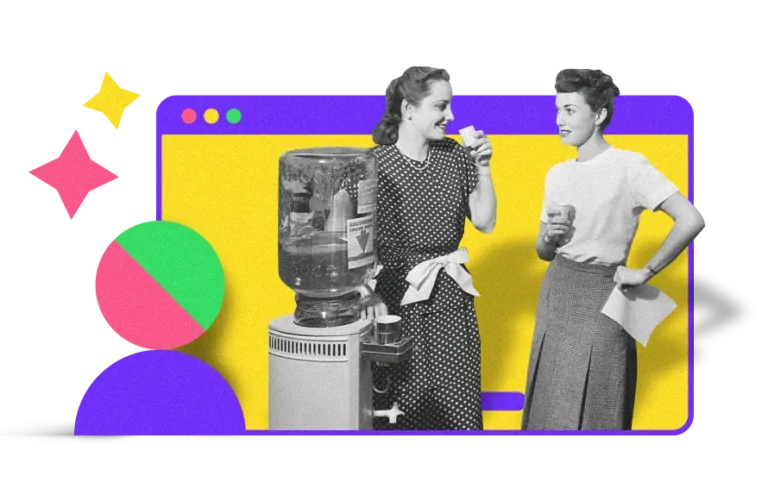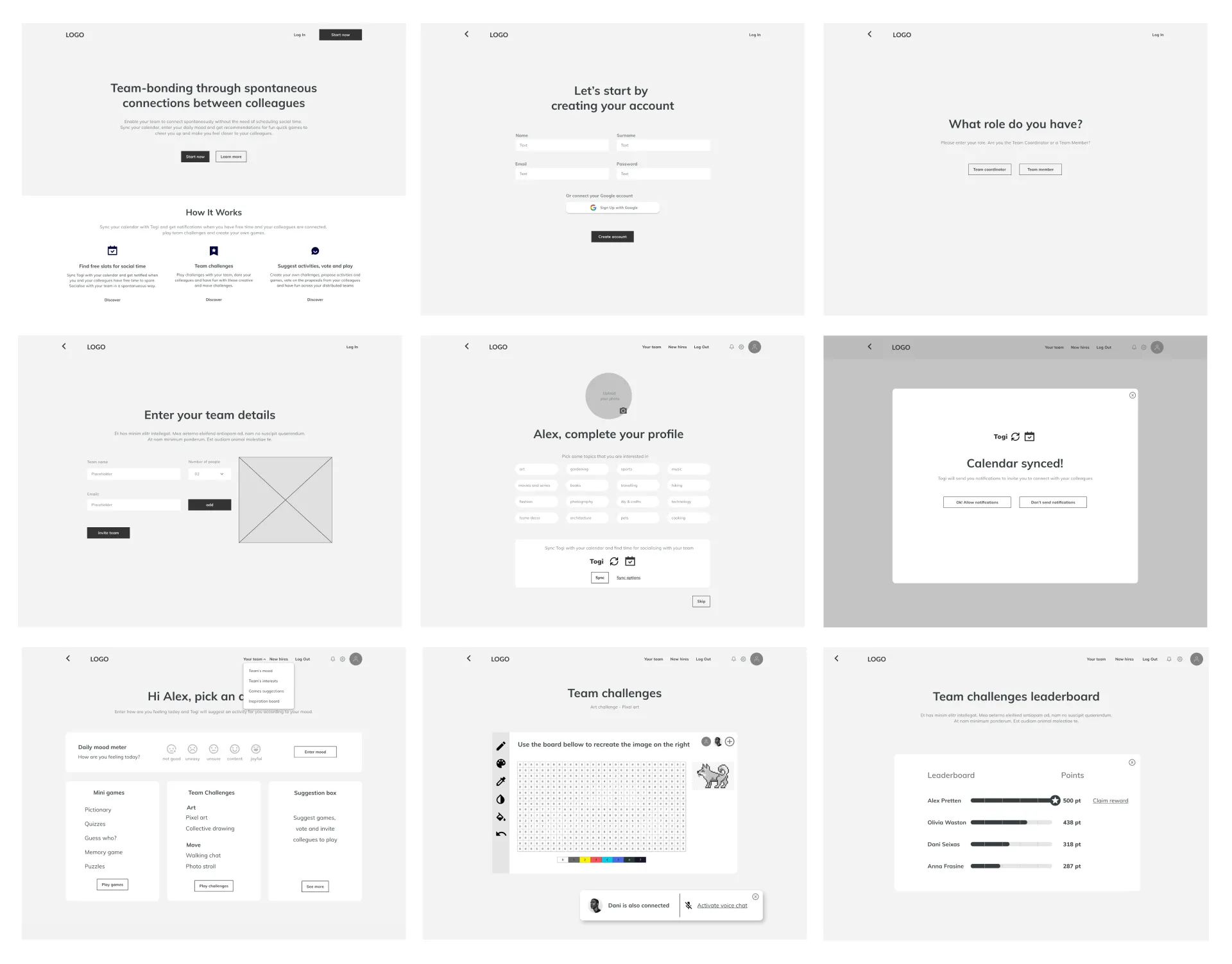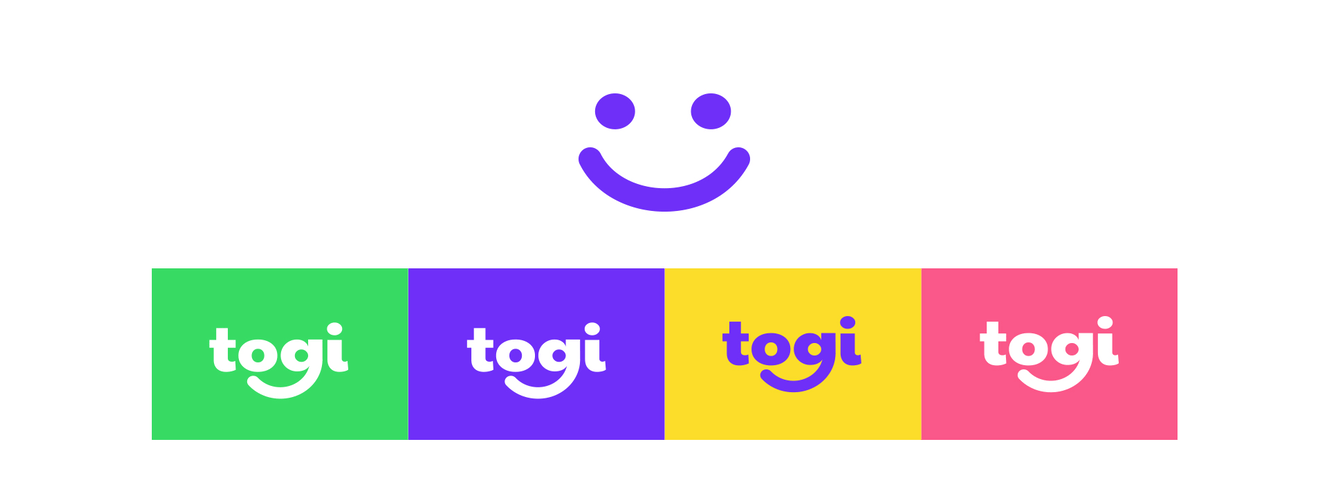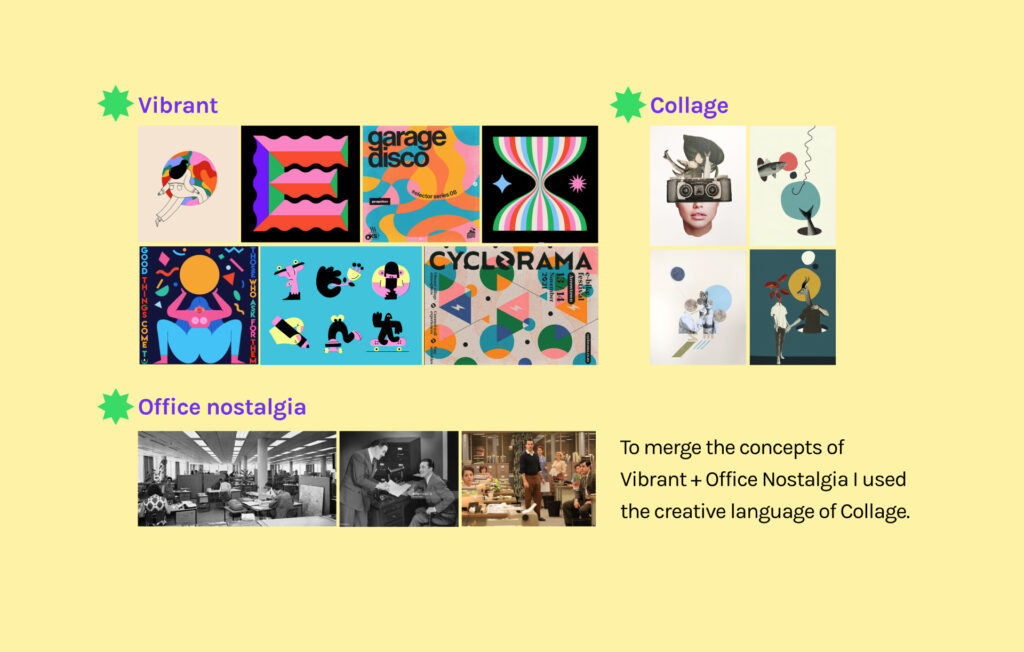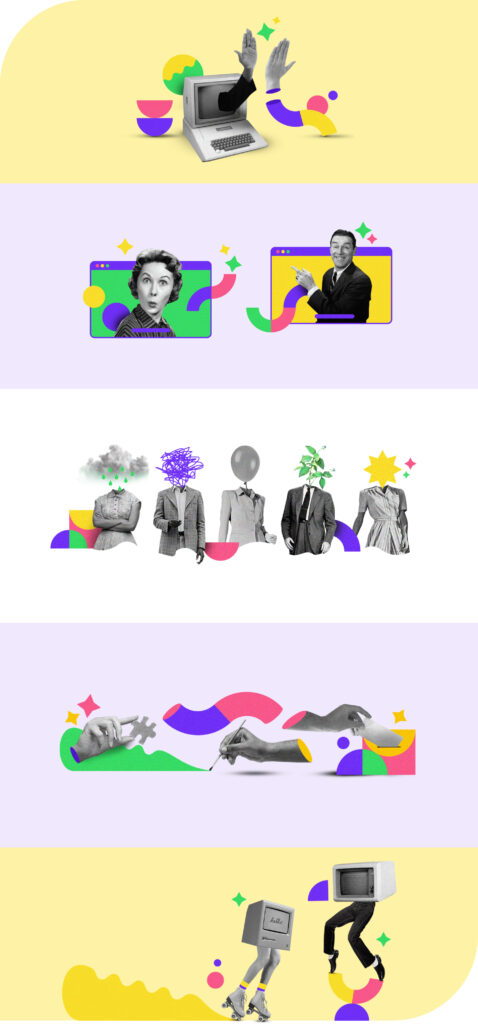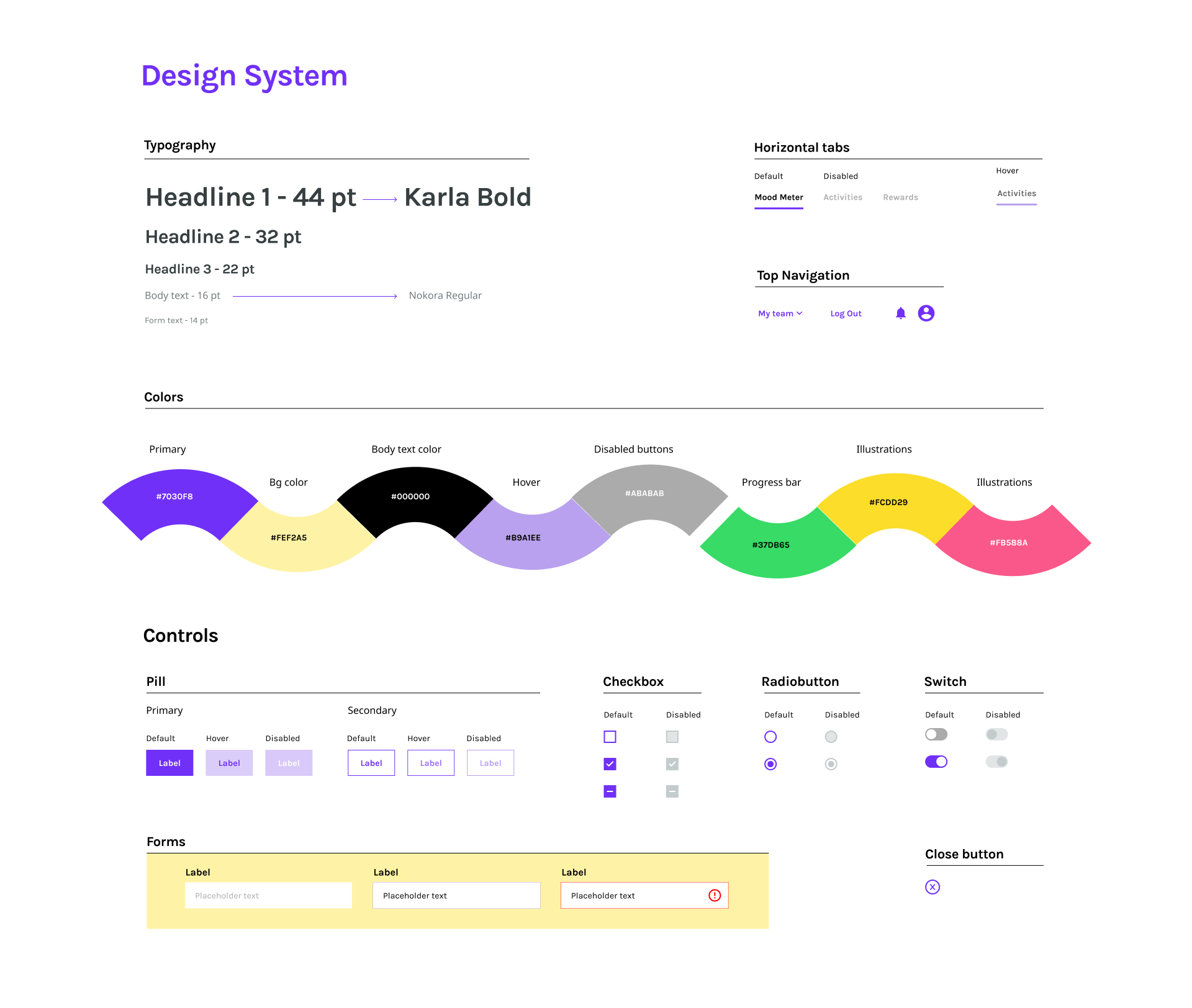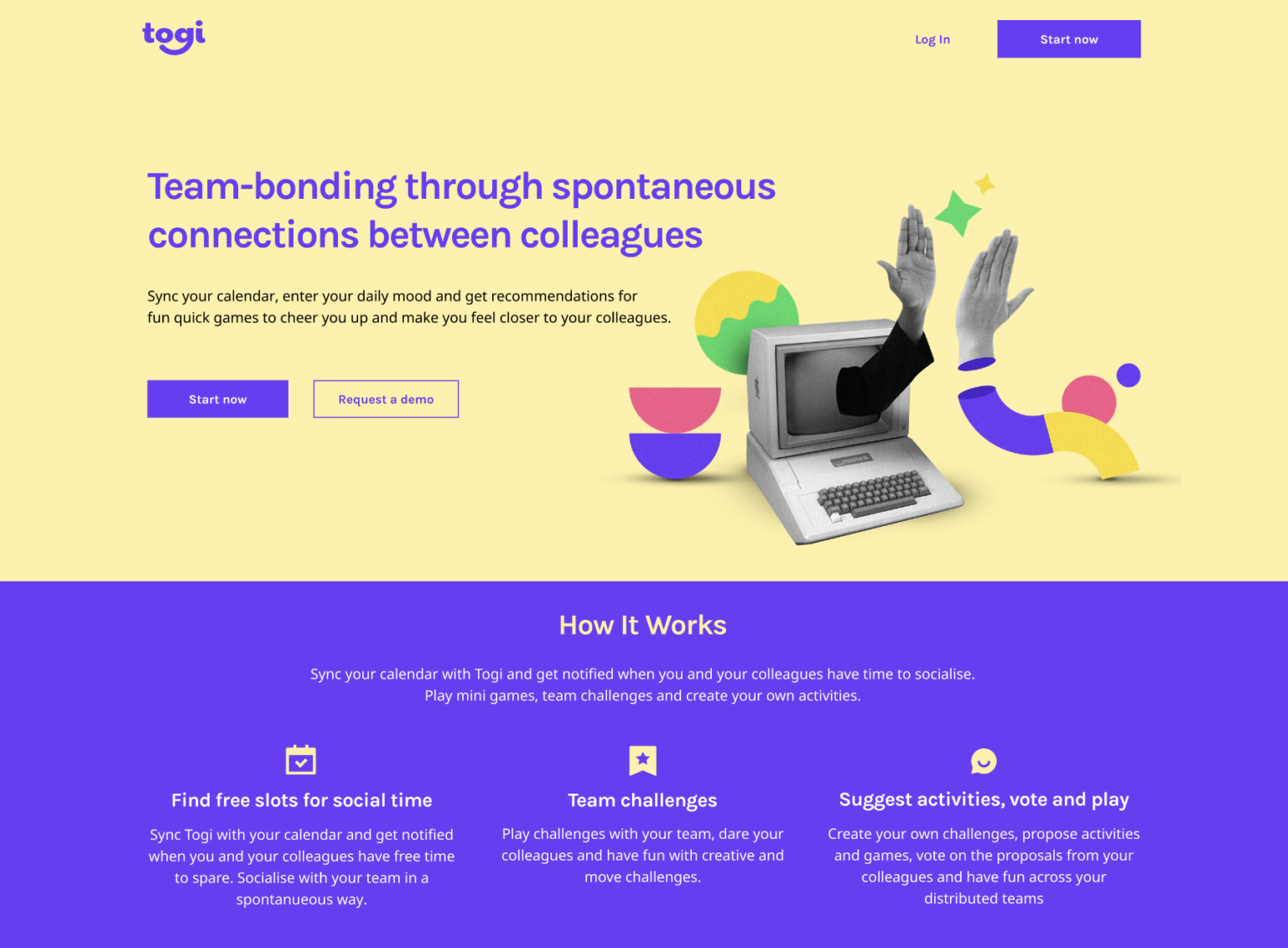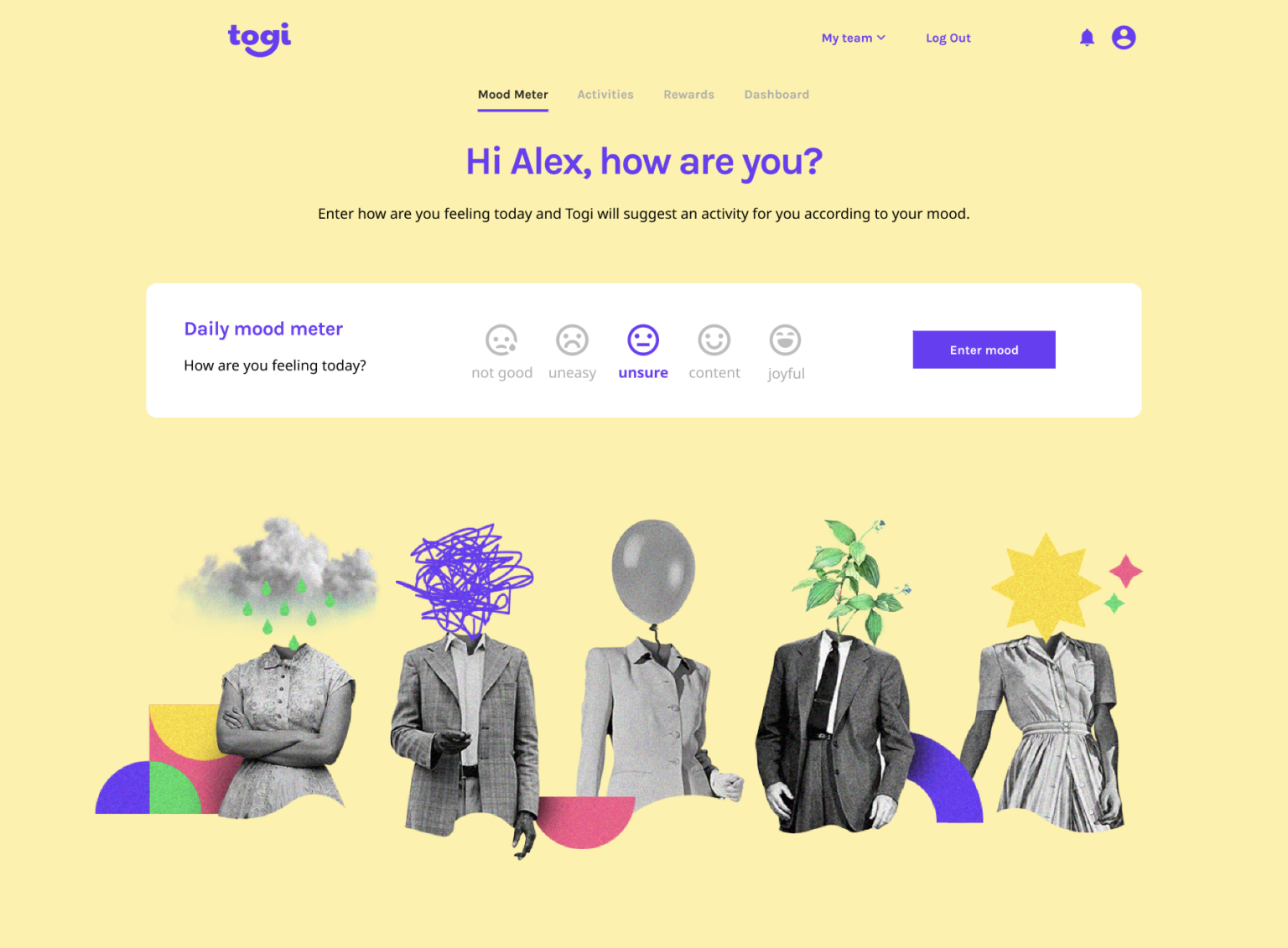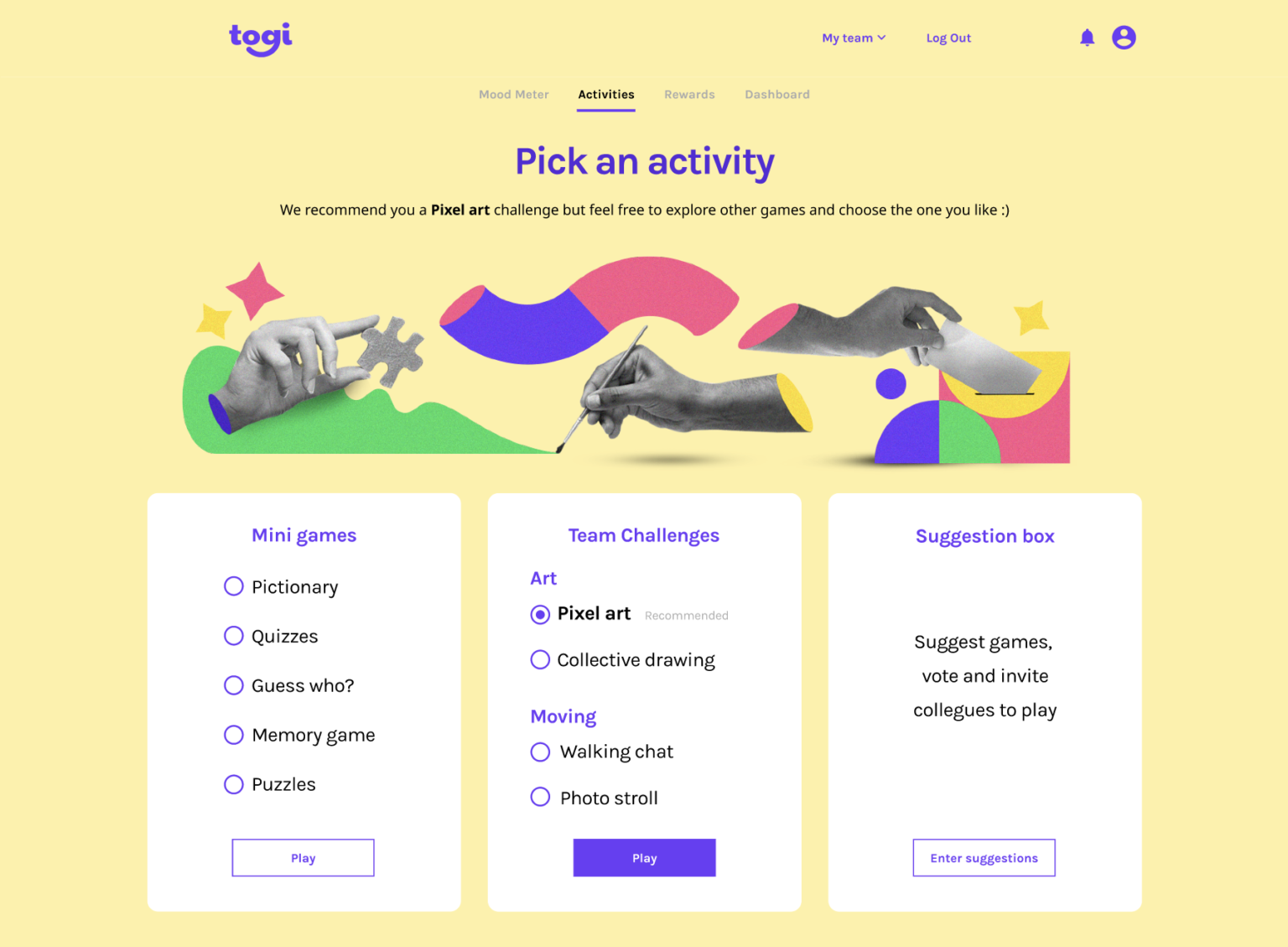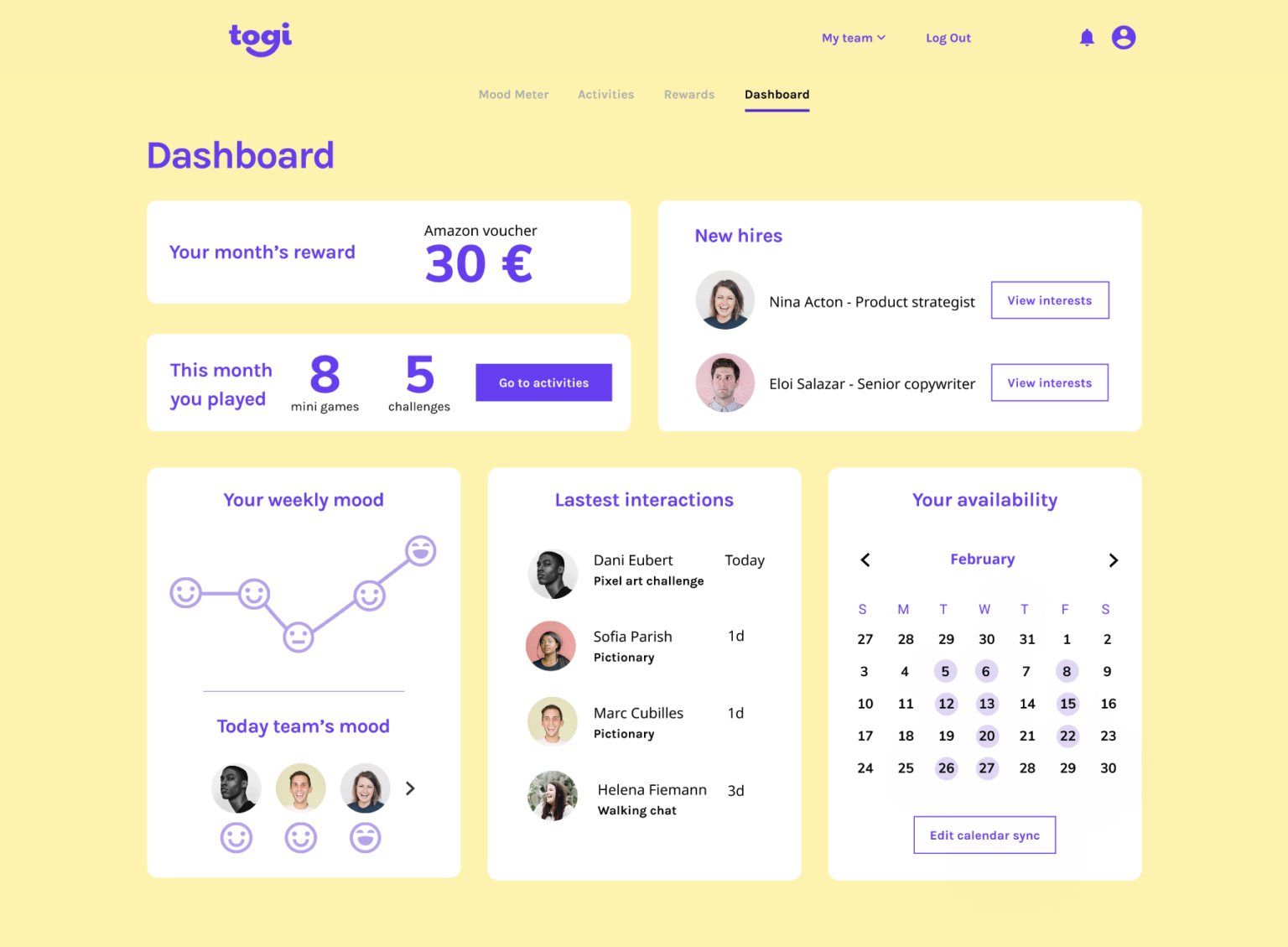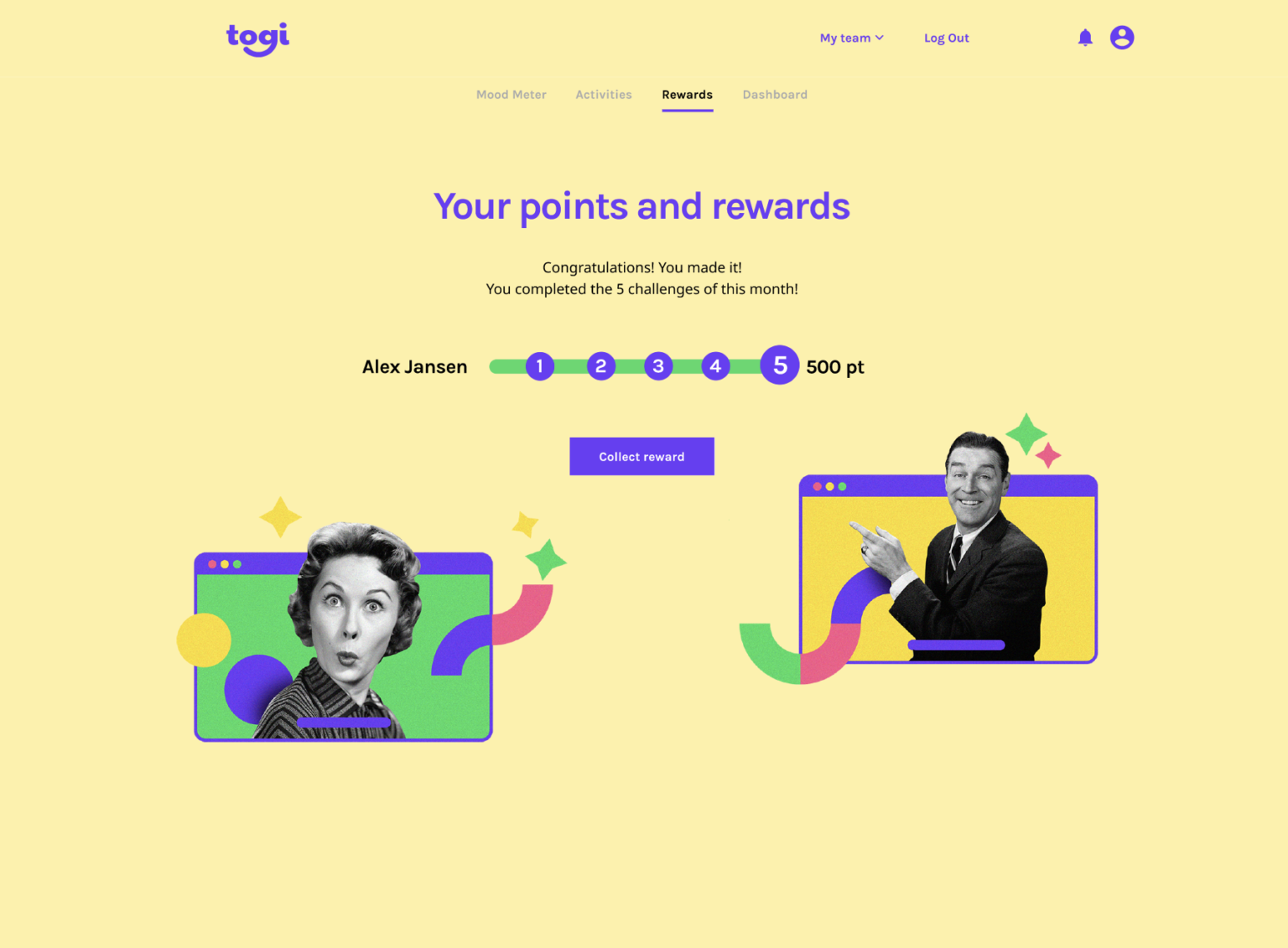Togi - A tool for remote team bonding
After the pandemic hit in 2020, I switched over to a new department in the same company (King) and found myself collaborating with a bunch of fresh faces. Being the sociable soul I am, I really missed having those team social interactions. So, I suggested playing quick games during our daily catch-ups, and it worked great for breaking the ice and making me feel like I belonged. That whole experience got me thinking, and it’s what sparked this personal project.
Here is the process behind the creation of a tool to make remote team bonding more fun and spontaneous.

